Boyle / Walker- ROBBIE WILSON
With great thanks to Robbie for sending over masses of genealogy regarding our maternal family line. Robbie is a descendant of my second great grand aunt Margaret Walker. Many thanks for all his hard work in researching these branches of our family, but also for offering to do research in Italy for me when he was away there on holiday in 2010. This page I dedicate to your line.
Robbie sent this photograph of Margaret Walker, sister of Jane Walker, who is our maternal great great grandmother. Margaret married John Simpson who was born on 22nd December 1794 in Irvine in Lanarkshire. Margaret was born on 9th May 1805, daughter of James Walker and Mary Pinkerton
Margaret married Robert Reid and they had a large family all born in beautiful Ayrshire.
Maragaret was born on 5th December 1826 in Irvine in Ayrshire.
Margaret was the second eldest in a family of ten children. She married in Riccarton in Ayrshire on 8th February 1851. The following passage will let you see how life was in Riccarton at this period in our history.
|
|
Riccarton 1846
The substrata include coal, limestone, sandstone, and clay of an excellent description for making bricks and tiles; the coal-fields are numerous, and, though differing in species, are all of good quality. Some of the coal found on the lands of Caprington, Skerrington, and Barleith is very superior, and in extensive operation for ordinary uses: the blind coal, also, or Anthracite, though not confined to this parish, is chiefly obtained at Caprington. This coal, which burns without emitting either smoke or flame, occurs among the lowest strata, and is mainly used for drying grain and malt, and in the burning of lime to a small extent. For these purposes large quantities are sent by a railway from the Caprington collieries to Troon, whence it is shipped for Ireland; and the coal from the other mines is conveyed in carts to Ayr and Irvine. The limestone is excellent either for building purposes or for manure, and two large quarries of it are in operation: in the quarry of Knockmarloch, on the side of Craigiehill, and at a height of nearly 500 feet, are found numerous petrifactions both of vegetable and animal substances. The freestone is also of good quality and extensively wrought; the quarries in some parts contain stone of a reddish colour, and in others the stone is of a yellowish hue. The clay is manufactured into bricks, and tiles for draining; they are in great demand throughout the district, and are sent in large quantities to various places. The rateable annual value of Riccarton amounts to £17,159. The principal mansion-house in the parish is the castle of Caprington, an ancient structure situated on the south bank of the river Irvine, and once the baronial seat of a branch of the Wallace family. The building, which is spacious and of great strength, though improved by recent additions, still retains much of its original character; in the centre of the front rises a lofty tower, to which the entrance is by an arched gateway flanked with towers of inferior dimensions; and from the extent and beauty of the surrounding demesne, which is embellished with stately timber and thriving plantations, it may be regarded as a splendid residence. About a mile to the south of the castle is Treesbank, a neat structure beautifully situated in grounds tastefully laid out, and commanding some finely varied prospects. The other mansions are, Shaw Hill, Dollars, and Bellfield, all handsome residences; and Milrig, recently rebuilt in a very elegant style. The ecclesiastical affairs are under the superintendence of the presbytery of Ayr and synod of Glasgow and Ayr. The minister’s stipend is £241. 3. 9., with a manse, and a glebe valued at £50 per annum; patron, John Smith Cuninghame, of Caprington, Esq. The church, built in 1823, to replace the ancient church, of which the burial-ground is still preserved, is situated in the centre of the village of Riccarton, on a lofty mound said to have been the seat for administering justice. It is a substantial and neat structure with a handsome spire, erected at a cost of £4000, and contains 1200 sittings, most of which are free, or let at a nominal rent. From its elevated situation, the church forms a very conspicuous and interesting feature in the landscape. The parochial school affords instruction to about 120 children; the master has a salary of £34. 4. 4., with a house and garden, and the fees average £50 annually. There is also a school at Hurlford, of which the master has a house and garden, in addition to his fees; the house was built by subscription, on a site given by the Duke of Portland. A parochial library, containing about 500 volumes of historical, biographical, and religious works, is supported by subscription; and there are several friendly societies. Among the distinguished persons formerly connected with this place are several of the Cuninghame family. John Cuninghame, of Caprington, created a baronet by Charles II., and a lawyer of great eminence, was employed as counsel for his country, against the Duke of Lauderdale; and as a man of profound learning and incorruptible integrity, honourable mention is made of him by Bishop Burnet in his History of his own Times. Mr. John Cuninghame, second son of Sir John, who was the first that delivered lectures on the Roman law in Scotland, and who died in 1710; and Sir James Shaw, Bart., the first Scotsman that ever filled the office of lord mayor of London, and who died in 1843, were natives of the parish. From: A Topographical Dictionary of Scotland (1846)
|
The above confirms hat the area was rich in coal, limestone, clay and sandstone. Many men, women and children worked in this community and the days would have been long and hard.
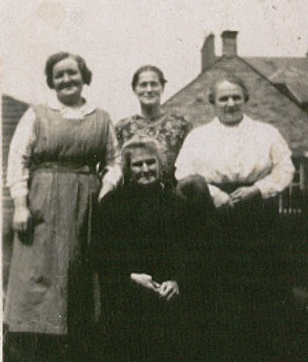
The ladies in the photo are Robert Wilson's great- gran Wilson. Her name was Agnes Cunningham seated with her sisters Margaret C Cox, Isabella C Aird and Elizabeth C Bratchie all descended from Margaret Walker (sister of your Jane Walker Boyle. )
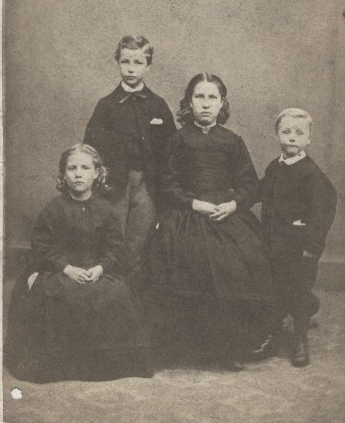
Robbie's family In this photo are the youngest children of Robert Cunningham and Margaret Reid Simpson. Left to right Isabella (Bella) Robert, Agnes and John.

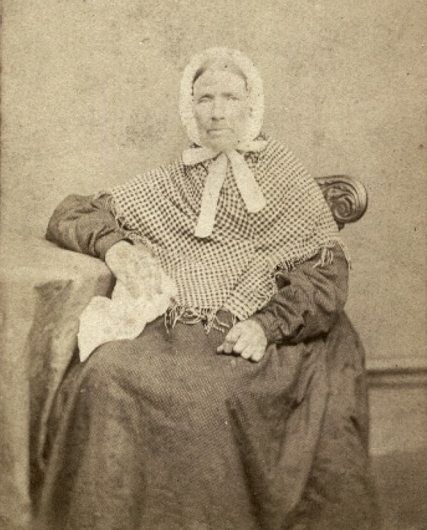
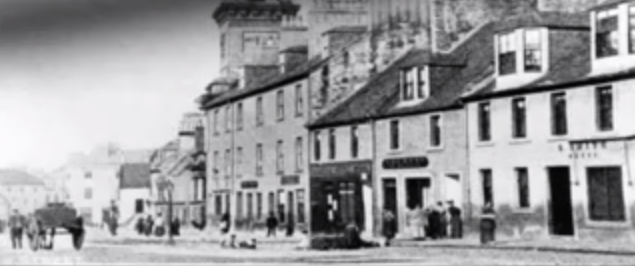
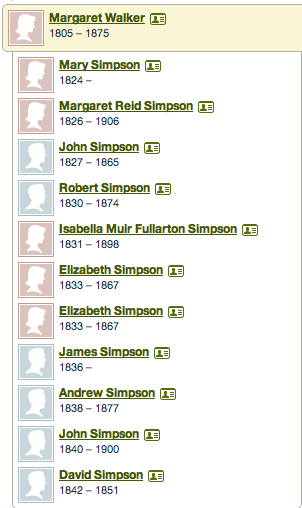
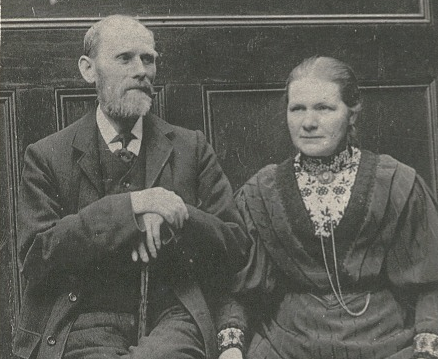
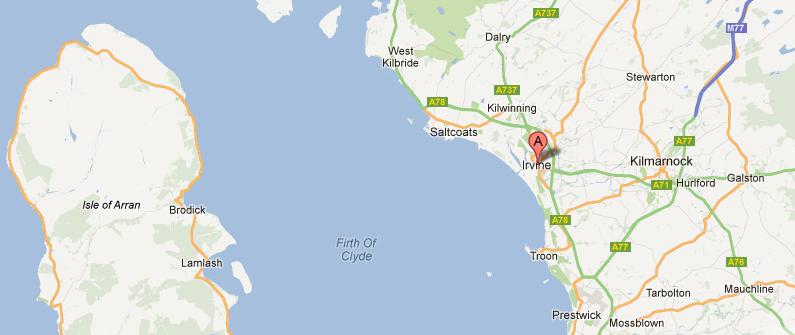
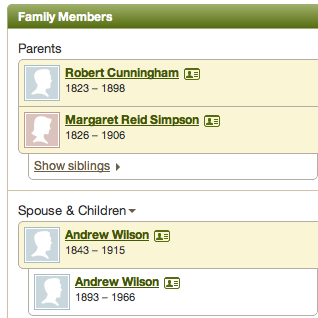
Helen, The ladies in the photo are my gt gran Wilson Agnes Cunningham seated with her sisters Margaret C Cox, Isabella C Aird and Elizabeth C Bratchie all descended from Margaret Walker (sister of your Jane Walker Boyle. In the photo below that are the youngest children of Robert Cunningham and Margaret Reid Simpson. Left to right Isabella (Bella) Robert, Agnes and John. Cheers Robbie